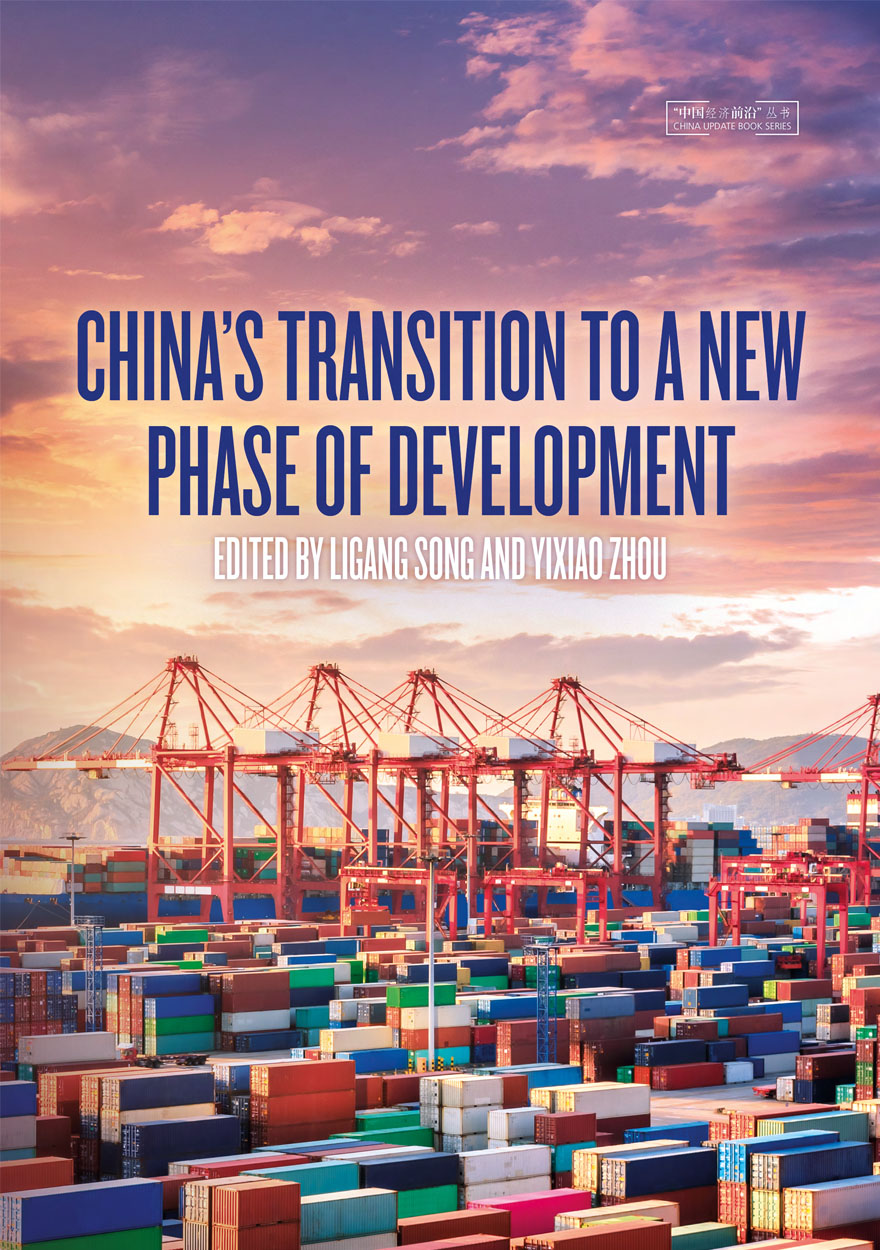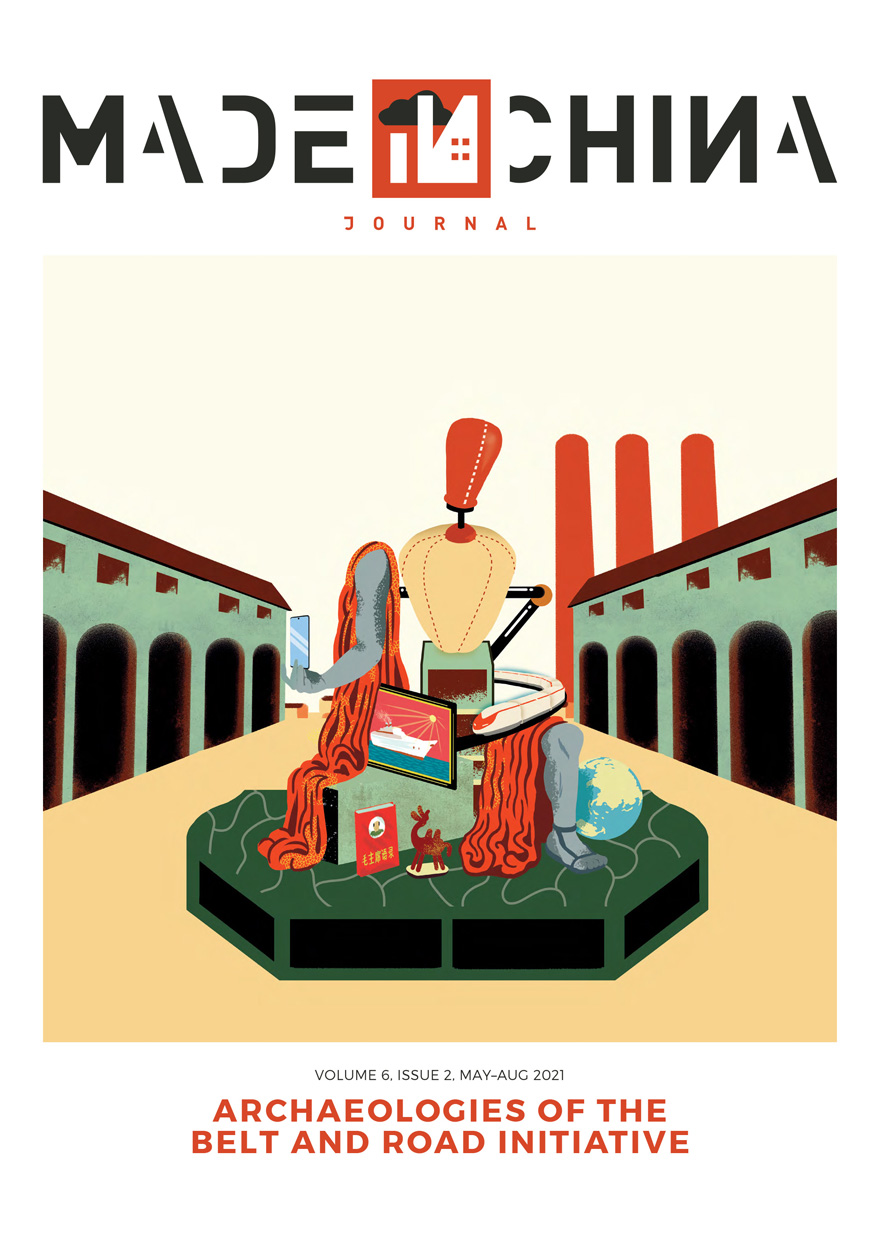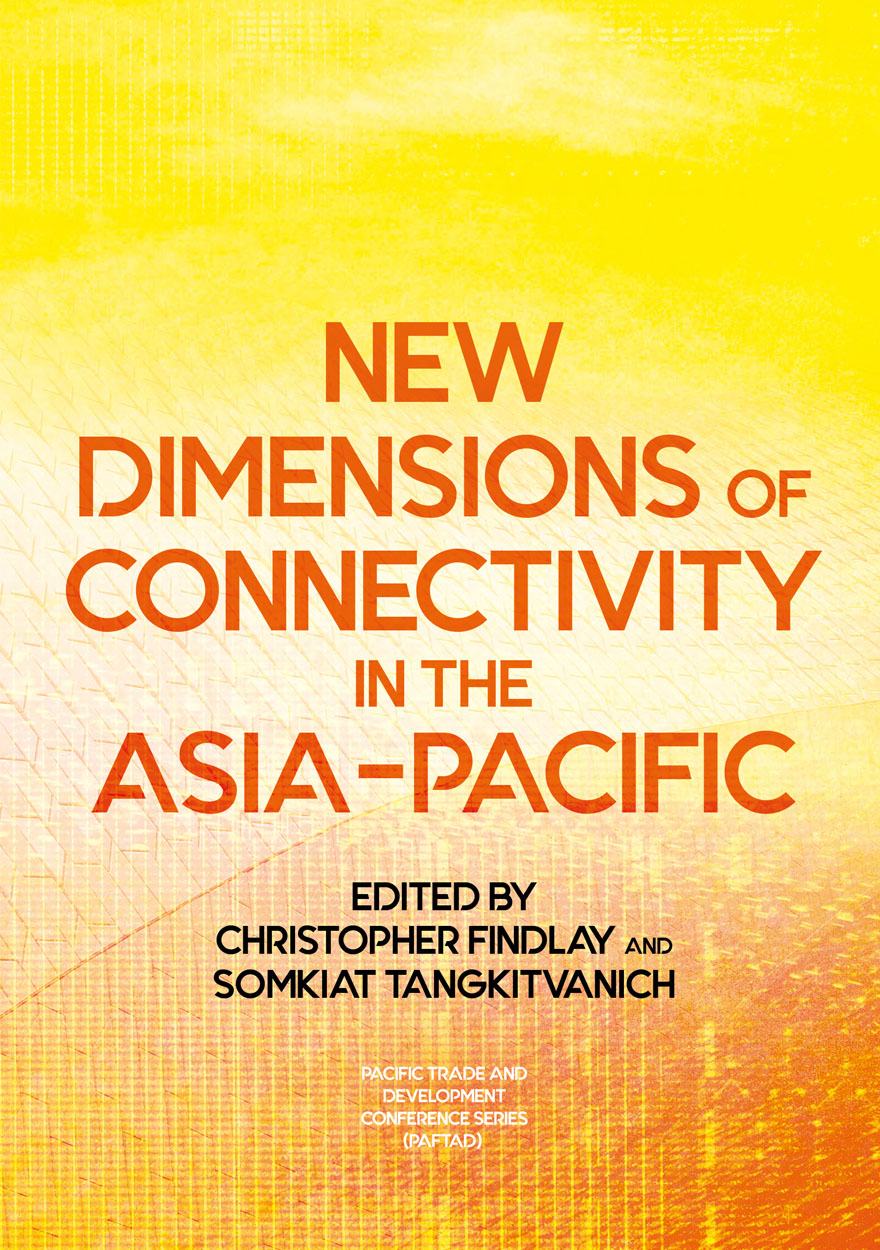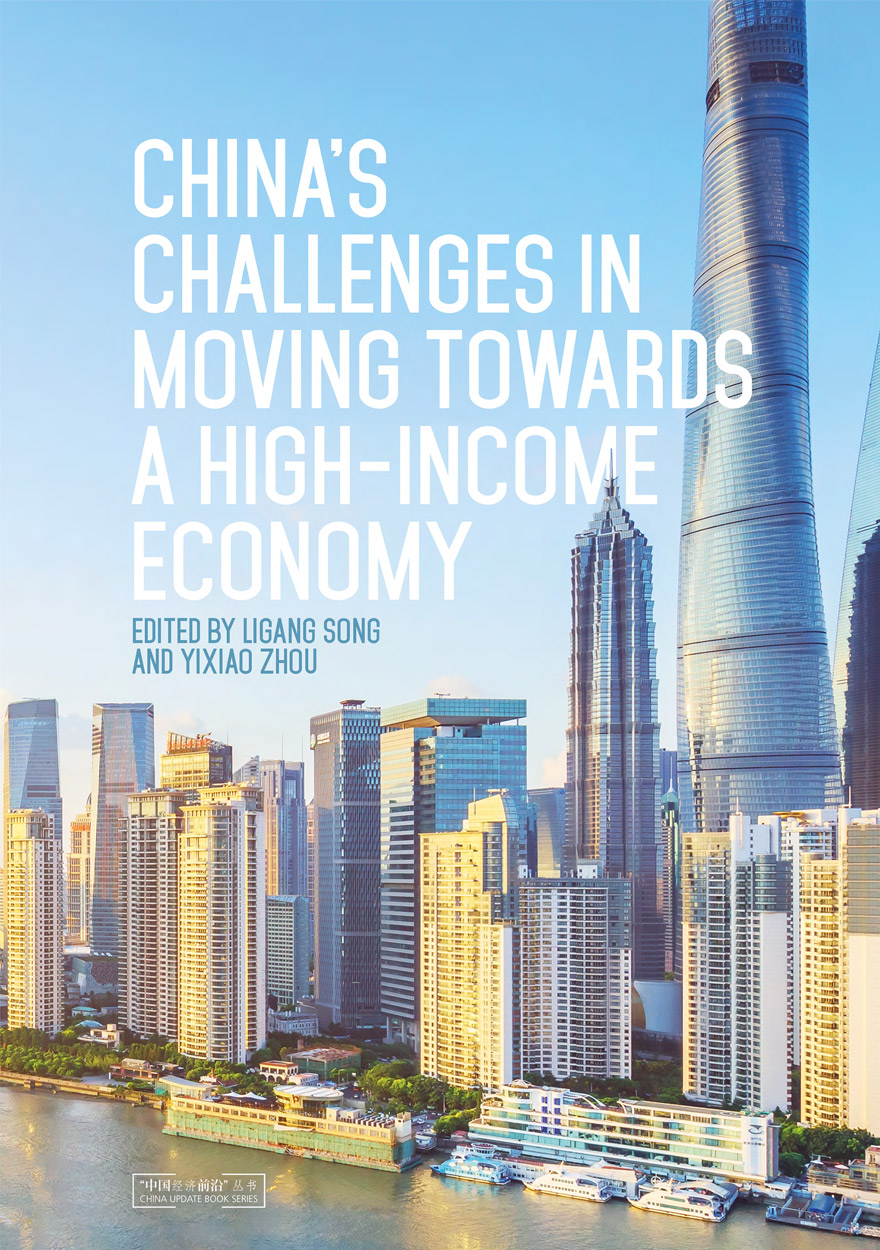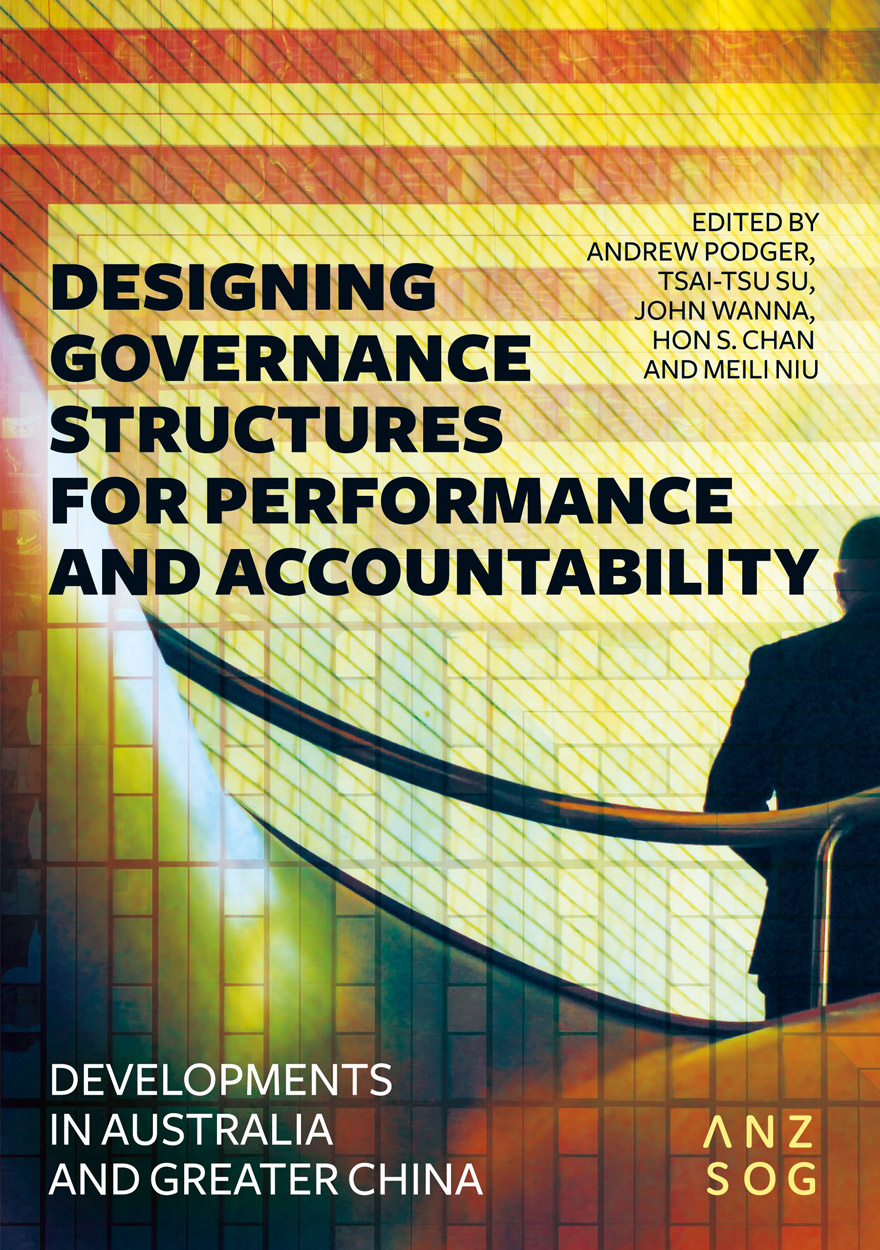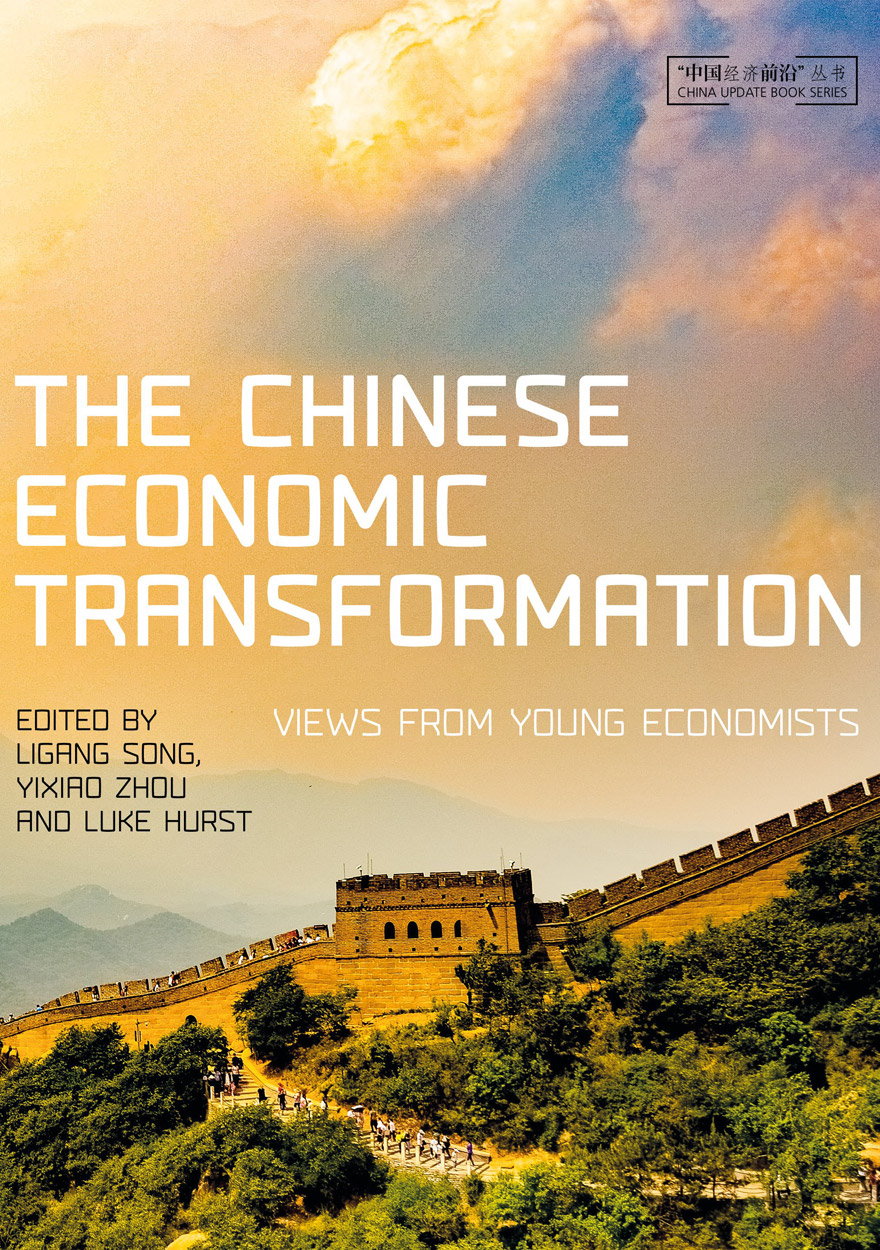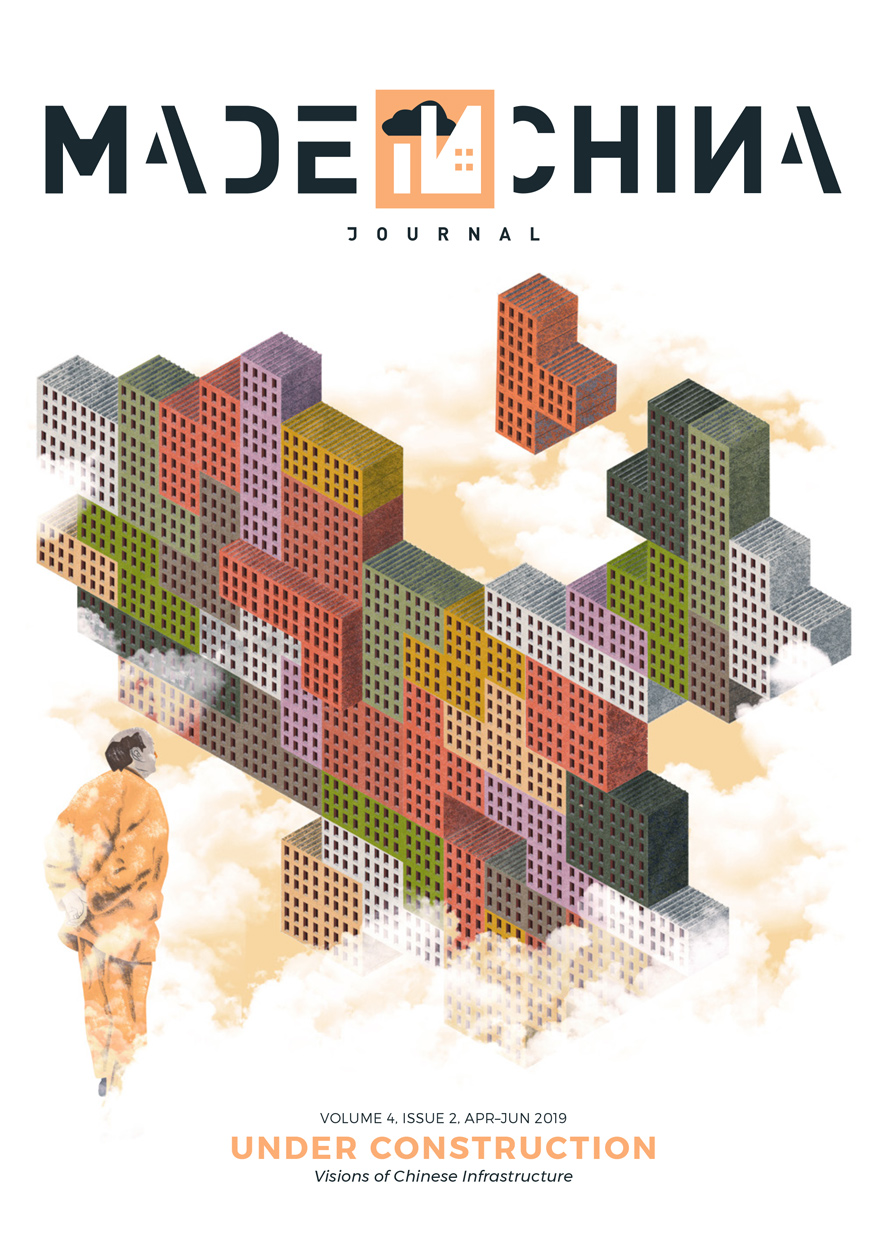
Abbott's Gambit
The 2013 Australian Federal Election
Edited by: Carol Johnson, John WannaPlease read Conditions of use before downloading the formats.
Description
This book provides a truly comprehensive analysis of the 2013 federal election in Australia, which brought the conservative Abbott government to power, consigned the fractious Labor Party to the Opposition benches and ended the ‘hung parliament’ experiment of 2010–13 in which the Greens and three independents lent their support to form a minority Labor government. It charts the dynamics of this significant election and the twists and turns of the campaign itself against a backdrop of a very tumultuous period in Australian politics. Like the earlier federal election of 2010, the election of 2013 was an exercise in bipolar adversarial politics and was bitterly fought by the main protagonists. It was also characterised (again) by leadership changes on Labor’s side as well as the entry of new political parties anxious to deny the major parties a clear mandate. Moreover, the 2013 election continued the trend whereby an increasing proportion of the electorate chose not to vote for one of the main two political parties.
While the 2013 election delivered a clear victory to the Coalition in the Lower House, it simultaneously produced a much more mixed outcome in the Senate, where the Greens managed to record their largest ever representation and a new party, the Palmer United Party, initially secured three Senate positions at its first attempt (together with the election of Clive Palmer to a Queensland seat in the House of Representatives). With minor and micro parties also winning Senate seats amounting to a total of 18 Senators on the cross-benches, the Abbott government’s ability to govern and pass legislation was placed in some doubt. The 2013 election result suggested that far from ending the preceding tumultuous period of Australian politics, it merely served to prolong this era indefinitely.
The 2013 campaign was one of the longest on record, arguably commencing when the besieged Prime Minister Julia Gillard announced the date for the election in late January 2013 – then over seven months away. This unconventional tactic overshadowed the election from that date onwards – providing a definite timeline for Labor infighting, influencing the largely negative tactics of the Opposition, and encouraging new parties to proliferate to contest the election. This volume traces these formative influences on the campaign dynamics and explains the electoral outcome that occurred (including the 2014 re-election for the Western Australian Senate seats ordered by the High Court). Abbott’s Gambit includes insightful contributions from academic experts, campaign directors and electoral watchers, political advisers and professional psephologists. Contributors utilise a wide range of sources and approaches, including the Australian Election Survey, to provide a detailed analysis of this important federal election.
Details
- ISBN (print):
- 9781925022100
- ISBN (online):
- 9781925022094
- Publication date:
- Jan 2015
- Imprint:
- ANU Press
- DOI:
- http://doi.org/10.22459/AG.01.2015
- Series:
- Australian Federal Election
- Disciplines:
- Business & Economics; Social Sciences: Gender Studies, Politics & International Studies, Social Policy & Administration
- Countries:
- Australia
PDF Chapters
Please read Conditions of use before downloading the formats.
If your web browser doesn't automatically open these files, please download a PDF reader application such as the free Adobe Acrobat Reader.
To copy a chapter DOI link, right-click (on a PC) or control+click (on a Mac) and then select ‘Copy link location’.
- Preliminary pages (PDF, 269KB)
- Preface and Acknowledgements (PDF, 115KB)
- Contributors (PDF, 96KB)
- Introduction: Analysing the 2013 Australian Federal Election (PDF, 130KB) – Carol Johnson, John Wanna and Hsu–Ann Lee
Part 1. Campaign Themes and Context
- An Overview of the 2013 Federal Election Campaign: Ruinous politics, cynical adversarialism and contending agendas (PDF, 159KB) - Jennifer Rayner and John Wanna doi
- The Battle for Hearts and Minds (PDF, 310KB) – Carol Johnson doi
- The Leadership Contest: An end to the ‘messiah complex’? (PDF, 150KB) – Paul Strangio and James Walter doi
Part 2. Vital Images of the Campaign—The Media, Campaign Advertising, Polls, Predictions and the Cartoons
- The Empire Strikes Back: Mainstream media still matters (PDF, 128KB) – Wayne Errington doi
- New Media in the Electoral Context: The new normal (PDF, 550KB) – Peter John Chen doi
- Campaign Advertising and Communication Strategies in the Election of 2013 (PDF, 125KB) – Sally Young doi
- Making Policy and Winning Votes: Election promises and political strategies in the 2013 campaign (PDF, 550KB) – Nicholas Reece doi
- How the Pollsters Called the Horse Race: Changing polling technologies, cost pressures, and the concentration on the two–party–preferred (PDF, 157KB) – Murray Goot doi
- All That Glitters: Betting markets and the 2013 Australian federal election (PDF, 2.0MB) – Simon Jackman doi
- Nearly All About Kevin: The election as drawn by Australian cartoonists (PDF, 9.5MB) – Haydon Manning and Robert Phiddian doi
Part 3. Party Perspectives
- The Liberal Campaign in the 2013 Federal Election (PDF, 1.1MB) – Brian Loughnane doi
- The Labor Party Campaign and Aftermath (PDF, 484KB) – George Wright doi
- The 2013 Federal Election: The Greens campaign (PDF, 179KB) – Andrew Bartlett doi
Part 4. Regional Variations in Voting Trends
- The Electoral Geography of the 2013 Election: Voting patterns in the states and regions for the Lower House (PDF, 178KB) – Dean Jaensch with Narelle Miragliotta and Rae Wear doi
- Regional Place–Based Identities and Party Strategies at the 2013 Federal Election (PDF, 419KB) – Geoff Robinson doi
- The Contest for Rural Representation: The celebrated contest over Indi and the fate of the independents (PDF, 945KB) - Jennifer Curtin and Brian Costar doi
- The Advent of Two New Micro Parties: The Palmer United Party and Katter’s Australia Party (PDF, 160KB) – Tom King doi
Part 5. Salient Issues
- An Impecunious Election: The significance of fiscal and economic issues (PDF, 138KB) – John Wanna doi
- Ethnic Voting and Asylum Issues (PDF, 184KB) – James Jupp doi
- The Environment in the 2013 Election: Controversies over climate change, the carbon tax and conservation (PDF, 330KB) – Nick Economou doi
- Unstable Bipartisanship or Off the Agenda? Social issues during the 2013 election campaign (PDF, 1.7MB) – Rob Manwaring, Gwen Gray and Lionel Orchard doi
- Gender and the 2013 Election: The Abbott ‘mandate’ (PDF, 337KB) – Kirsty McLaren and Marian Sawer doi
Part 6. The Results
- Explaining the Results (PDF, 2.2MB) – Antony Green doi
- Documenting the Inevitable: Voting behaviour at the 2013 Australian election (PDF, 1.7MB) – Clive Bean and Ian McAllister doi
- Conclusion: Reflections on Abbott’s Gambit—Mantras, manipulation and mandates (PDF, 1.4MB) – Carol Johnson and John Wanna doi
Reviews
‘This book is much more than simple reportage of the event and issues surrounding the 2013 election. It provides an authoritative snap-shot in time of a period that will be remembered by the events leading up to the election: the removal of Kevin Rudd, the hung parliament, leadership rumblings and machinations, the first female PM and Julia Gillard’s misogyny speech. The book’s impressive list of contributors provides a more complete understanding of what, how and why Australian politics works in the twenty-first century. As such it is recommended for anyone interested in politics, policy, personality, and polling.’
—Tracey Arklay, Australian Journal of Politics and History, Volume 62(1), 2016.
Other publications that may interest you




